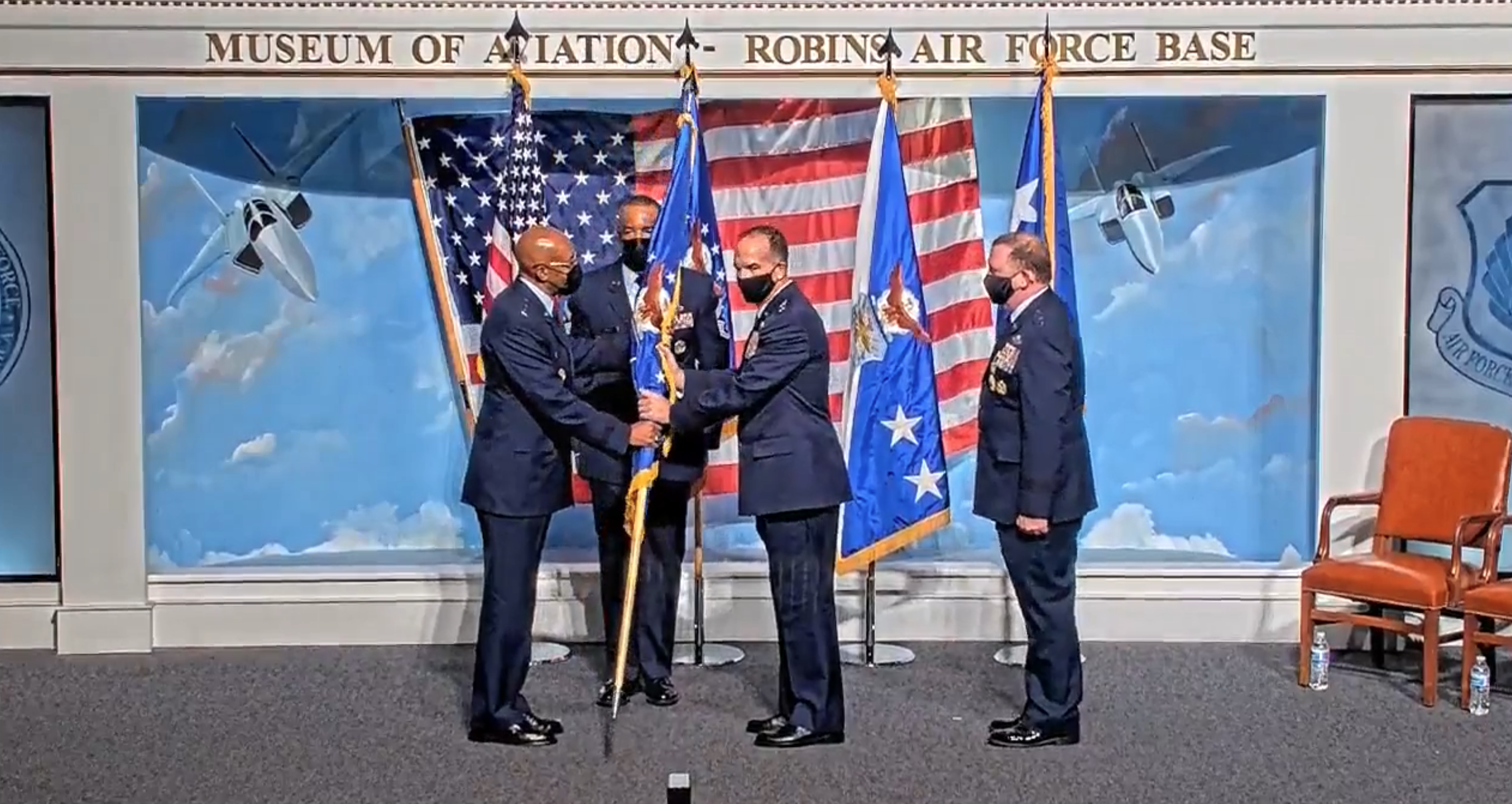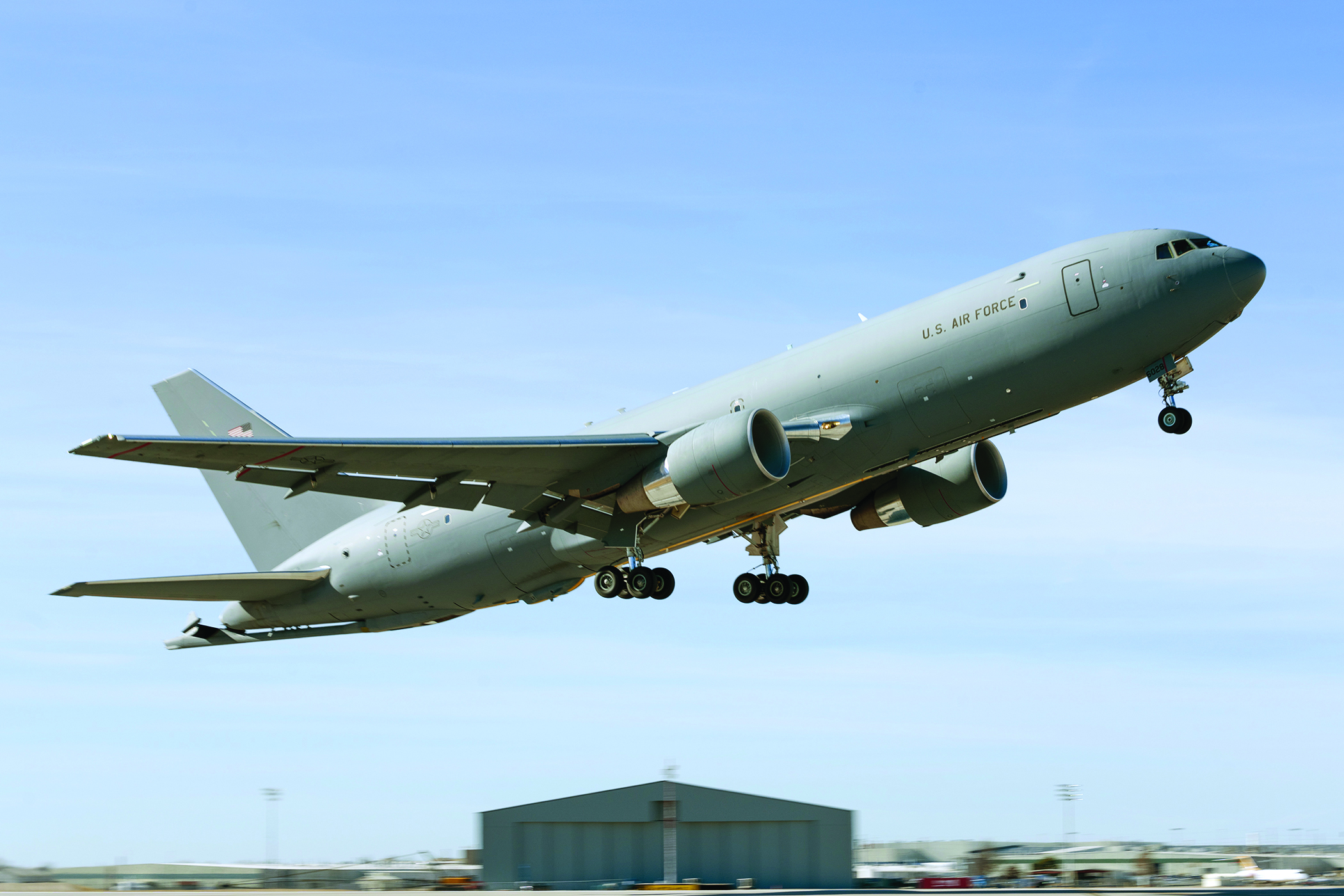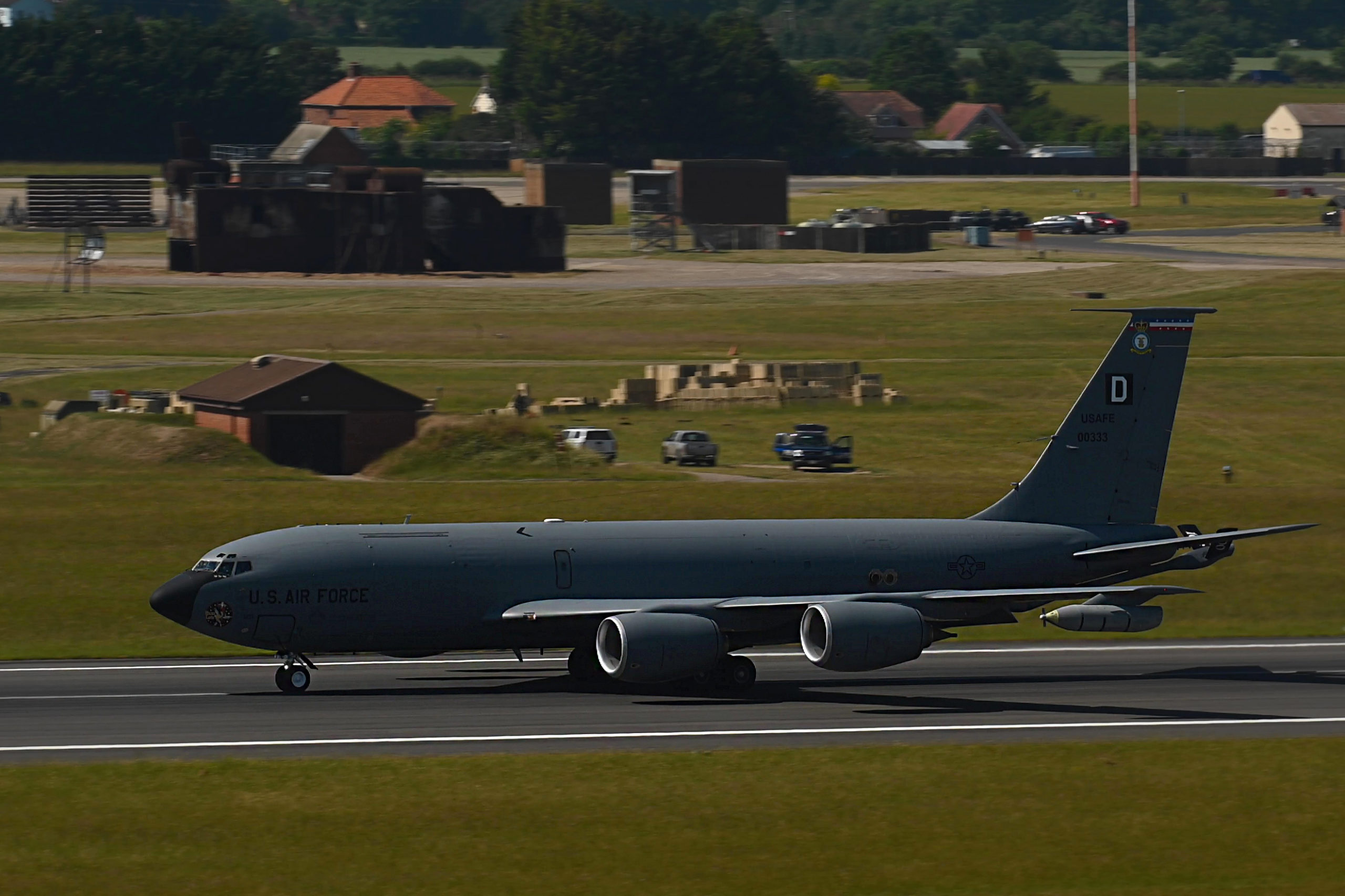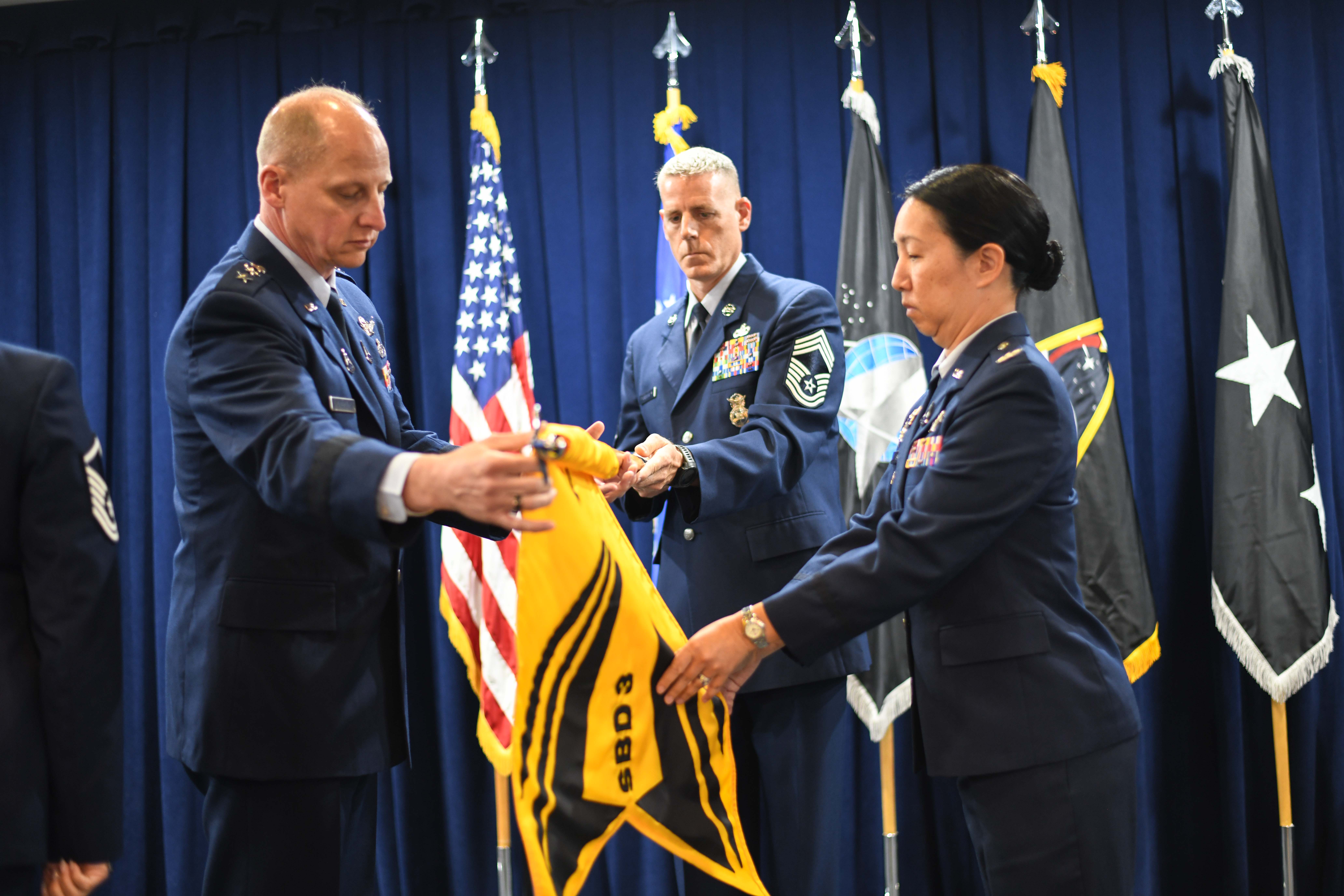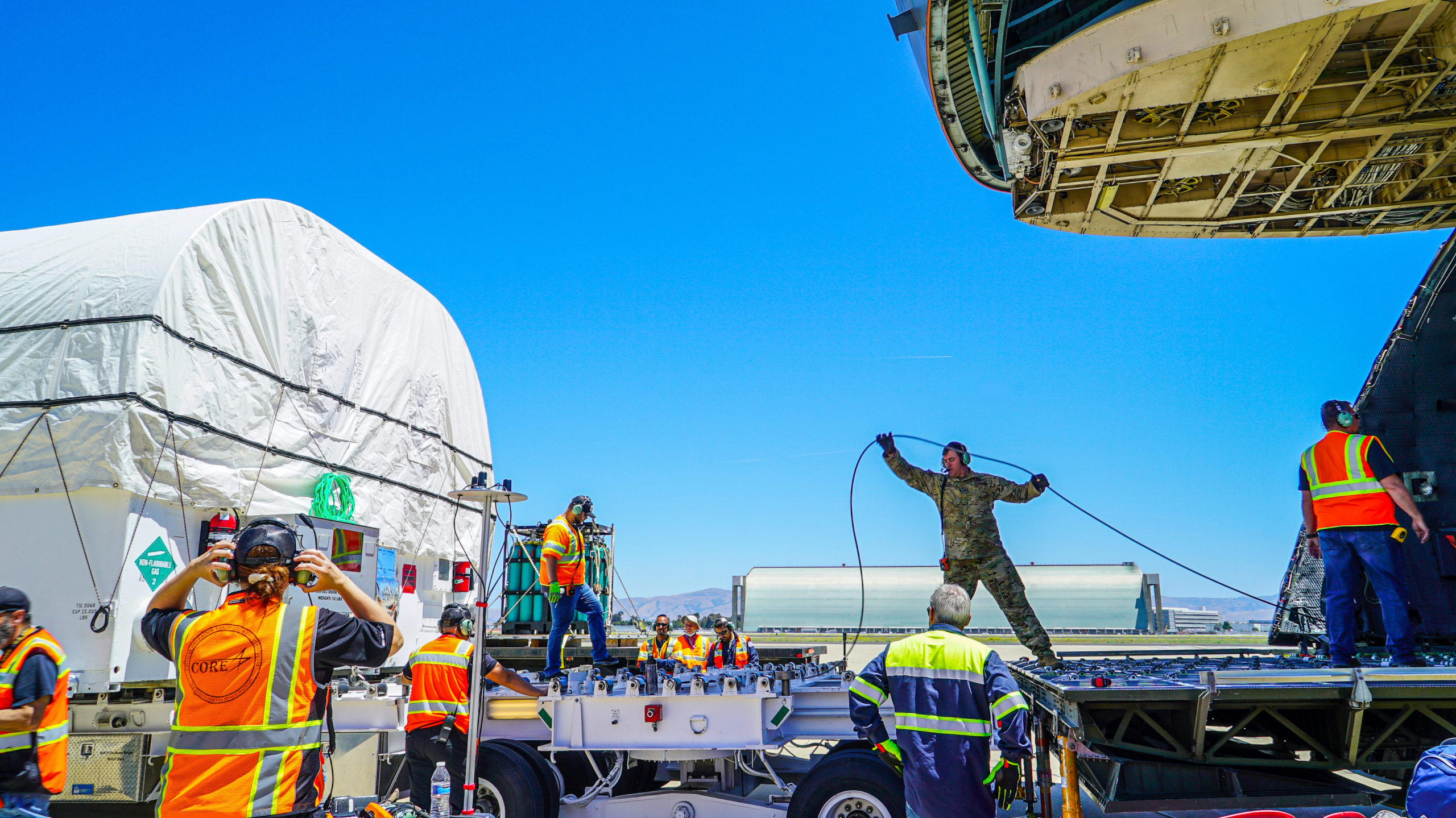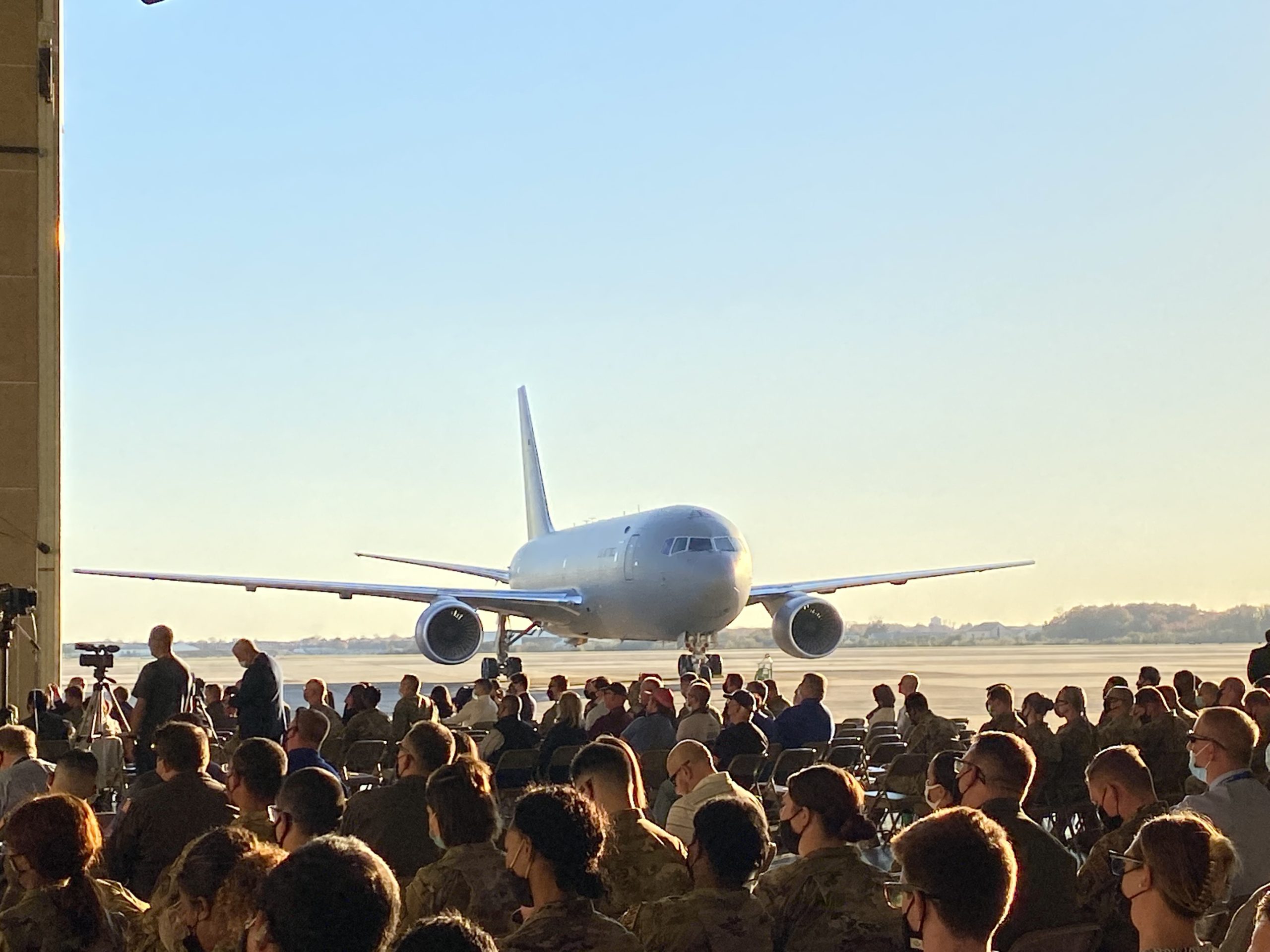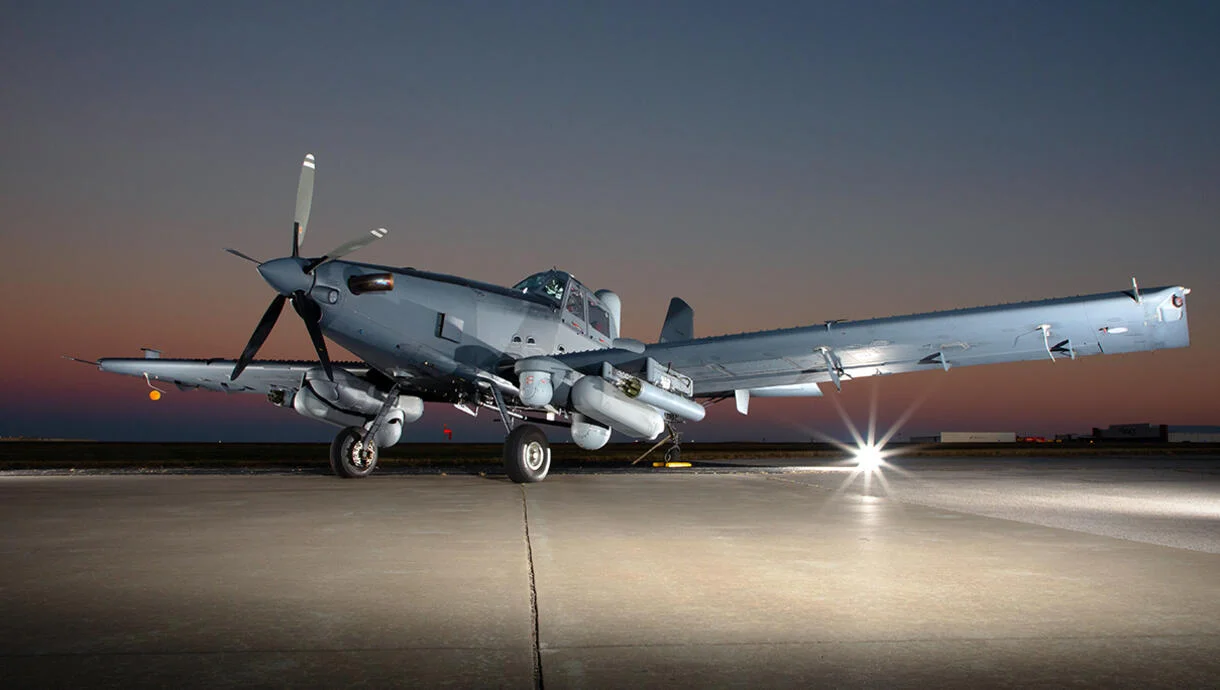Lt. Gen. John P. Healy assumed command of the Air Force Reserve, succeeded Lt. Gen. Richard W. Scobee in a ceremony at Robins Air Force Base, Ga.
Healy takes command after a year as Scobee’s deputy at AFRC; Scobee is retiring from the service. Healy previously led 22nd Air Force, where he was responsible for the Reserve’s C-130 wings. Other prior assignments included helping to lead the Reserve’s strategic planning and future concepts, under the Deputy Chief of Staff for Plans and Programs.
Healy said his priorities wold be “pretty basic and pretty straightforward,” and that his unifying mantra would be “ready now, transforming for the future.”
“We’re going to continue down the path of ensuring all of our Airmen have what they need to carry out their wartime requirements, the basic blocking and tackling based on their AFSCs,” Healy said. “Our Airmen will be accessible and resilient. We’ve always answered the call for volunteerism, whether it was for COVID response in 72 hours out the door, or most recently [Operation Allies Refuge in Afghanistan], where we had all those crews on the hook and truly, truly demonstrated … what I think is the epitome of resilient leadership.”
To keep more than 70,000 Reserve Airmen ready to surge, Healy promised to expand resiliency efforts across the MAJCOM.
“We’ll continue to develop what I think is the most effective resiliency strategy and approach in the Air Force, scaling the efforts that we’ve been pilot testing over the last year in a few wings, to provide a holistic approach to ensure that our forces and their families are ready in all aspects of life,” Healy said.
The Air Force Reserve’s Develop Resilient Leaders team has led much of that effort, including developing a Comprehensive Airman Fitness Reserve Assessment, a survey tailored specifically for the AFRC, and the Connect the Network initiative, which centralizes full-time first sergeants as the point of contact to help struggling Airmen connect with support programs.
Healy also said he wants to “transform our design and processes” to improve the Reserve’s capabilities, communications, and decision-making.
“Our reform efforts will leverage our DAF-level success in data maturity, by continuing to produce data-driven synchronized decisions focused on planning to execution of our resources,” Healy said.
The balance between modernization and maintaining current capabilities remains a matter of concern. Concerns about capability gaps opening up as older aircraft retire and new systems are brought on line has worried some, but Healy promised in March that all Air Force components are working together to ensure “we’re not going to have any bases uncovered.”
Air Force Chief of Staff Gen. Charles Q. Brown Jr. presided over the Aug. 3 change of command ceremony.
“For the men and women of Air Force Reserve Command, you fill a unique role by bringing diverse strengths and experiences gained from your dual civilian and military identities,” Brown said. “Not just to one area, but everything we provide to the nation. You support our nuclear deterrence operations … precision attack, provide rapid global mobility and provide combat ready forces to fly, fight, and win.”
Scobee’s four-year tenure at AFRC coincided with the COVID-19 pandemic and the withdrawal from Afghanistan. He praised Brown for his accessibility and support of the Reserve, and said his tenure was made easier by the support of his wife, Janis, and his command chief, CMSgt. Timothy C. White.
“Who knew four years ago we would be stepping into what we have, especially the last two years,” Scobee said. Commanders need the help of “somebody like a Chief White or Janis Scobee, [who] actually hear and feel what our Airmen are struggling with,” he said. “That’s what makes the difference. And that is why our United States Air Force is successful, because it starts at the top, and it filters all the way down to our supporting commands and our command chiefs. I’m very appreciative of that.”
